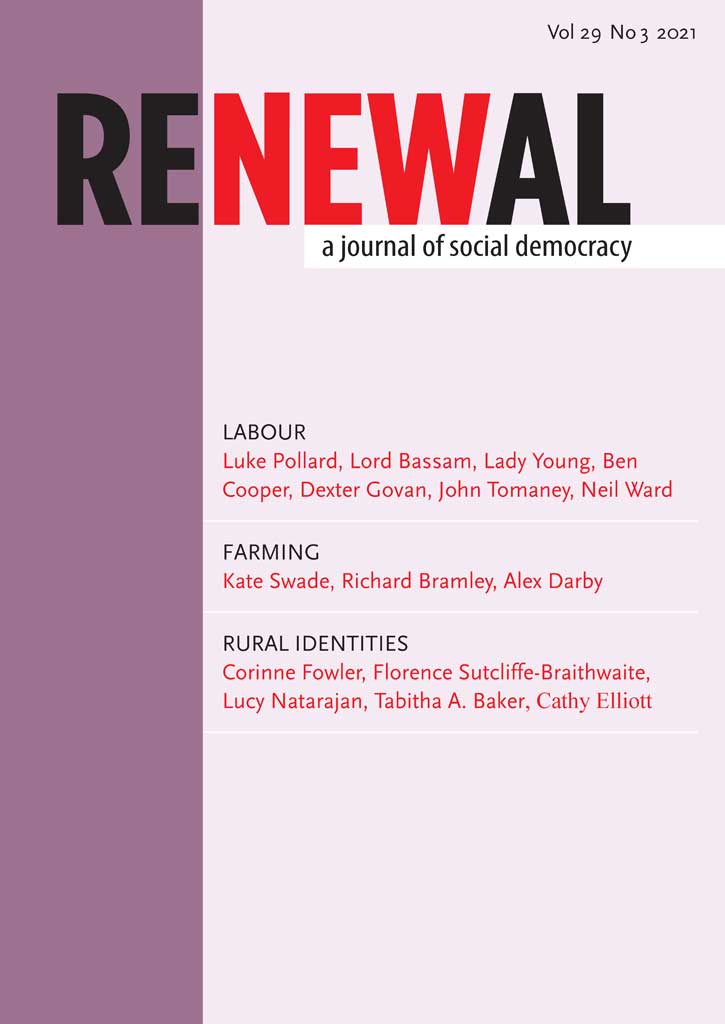
Social and community infrastructure: Lessons from Co Durham
Renewal - Print ISSN 0968-5211 - Online ISSN
Volume 29 Number 3 (2021)
Social and community infrastructure: Lessons from Co Durham
Lucy Natarajan, Florence Sutcliffe-Braithwaite, John Tomaney pages 84‑90
Abstract
The example of Sacriston, a former mining village, shows the power of community organisation, but also its limits. Some problems can only be solved by political interventions, but this must work in collaboration with the community, and in harmony with the social infrastructure people have built for themselves. The Labour Party emerged from a labour movement that was active on many fronts: fighting for workers’ rights and decent pay, but also providing support for the elderly, housing, cooperative food shops, and many other social and community benefits. As John Tomaney notes elsewhere in this issue, it was well over 100 years ago that the Durham Miners’ Association established the Durham Aged Mineworkers’ Homes Association, for miners and their families who were denied colliery housing when their employment ended. By the mid-twentieth century, 29 per cent of the total population of the Northern Counties was in a cooperative society. Despite the swing to Morrisonian centralisation in the post-war period, a rich array of community organisations and community infrastructure still exists across Britain. Central and local government should work in collaboration with these organisations, initiatives and communities, drawing on their situated knowledge. In this article we report on a pilot research project undertaken by researchers at UCL in conjunction with the Durham Miners’ Association, exploring social infrastructure in the former mining village of Sacriston, four miles north west of Durham City, with a population of c. 6,000. It shows that despite rapid social and economic changes following colliery closure, experienced as decline and loss by many in the village, the community has displayed resilience and, despite lasting austerity and many obstacles, impressive efforts to maintain and build social infrastructure.
SORRY - you are not registered as being permitted online access to the full text of this article
You have the following options:
- If you are viewing this via an institution or academic library you can ask that your institution takes out a Subscription to this journal.
- If you already have a Personal Subscription please login below
Forgotten your username / password? Click here to locate
- Please note: The Renewal journal will shortly be taken over by Compass, the campaign group for a Good Society. They will be in touch soon with how to subscribe or renew your subscription in time for the Spring issue but for now, if you have any questions you can email info@compassonline.org.uk
To cite this article
Lucy Natarajan, Florence Sutcliffe-Braithwaite, John Tomaney (2021) Social and community infrastructure: Lessons from Co Durham, Renewal, 29(3), 84-90
